Earlier this week, former England manager Sam Allardyce said on TalkSport radio:
"The best way to get a Premier League job if you are British is to change your name to a foreign name. I have always said if I was ‘Allardicio’ I could have managed Manchester United". (The interview can be seen here).
This is quite a statement given that Allardyce, who began his managerial career in Ireland taking charge of Limerick, is the only person ever to manage 7 Premier League clubs over some 512 games (Bolton Wanderers (226), West Ham United (114), Blackburn Rovers (76), Sunderland (30), Everton (24), Newcastle United (21), Crystal Palace (21)).
10 of the top 12 managers, listed by the number of Premier League games they have managed, are from Great Britain or Northern Ireland. This includes Sam himself, Alex Ferguson, Harry Redknapp, David Moyes, , Mark Hughes, Steve Bruce, Martin O'Neill, Alan Curbishley, Tony Pulis and Alan Pardew.
The overall distribution of managers by nationality is also skewed towards domestic (U.K) managers. In total 204 men have been appointed to 399 positions. The distribution by nationality is presented below.
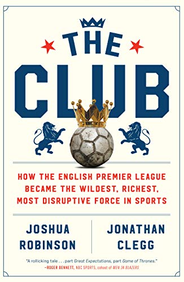
Of course, a different argument is that home-grown managers are not given the "top" jobs but this is a different argument entirely.
The biggest job of them all, the England national team job, has been held by four English men since Italian Fabio Capello left the post in 2012. Alex Ferguson, David Moyes, Roy Hodgson, Kenny Dalglish, Tim Sherwood and Frank Lampard all manage(d) at top clubs during this decade.
As a starting point, the best way to get a job in the Premier League today is probably to be a very good manager.

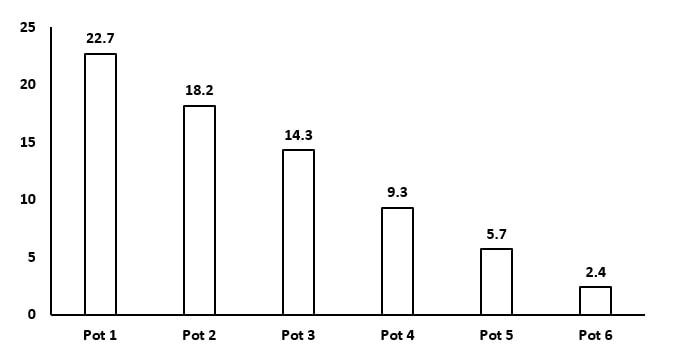
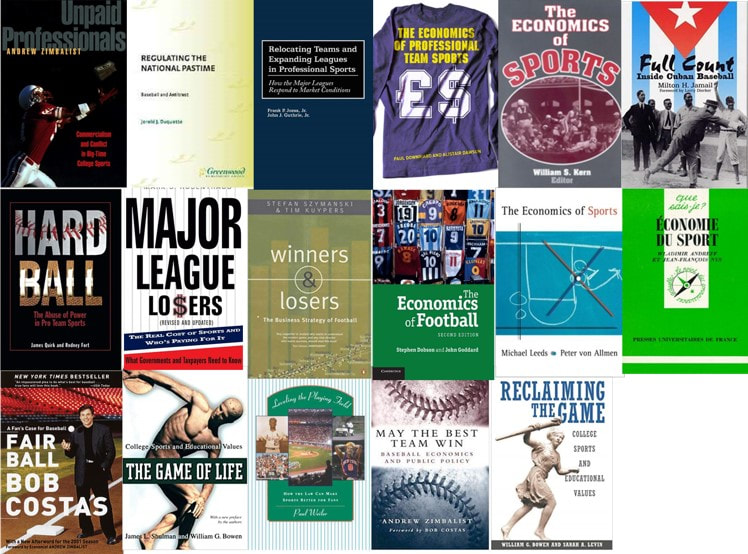
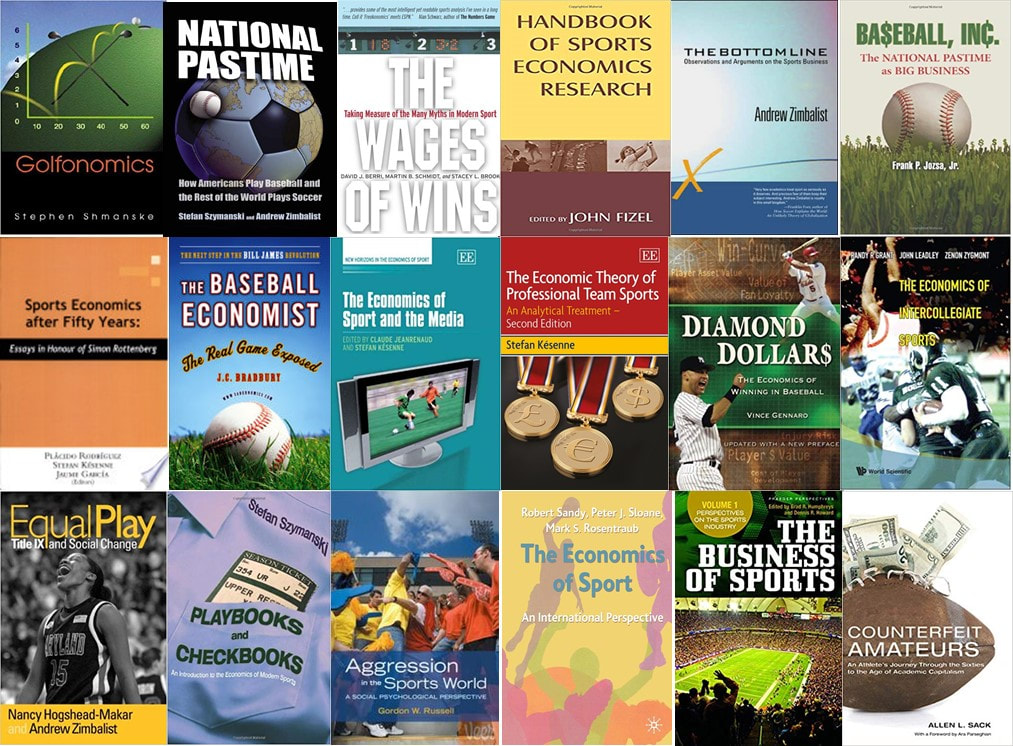
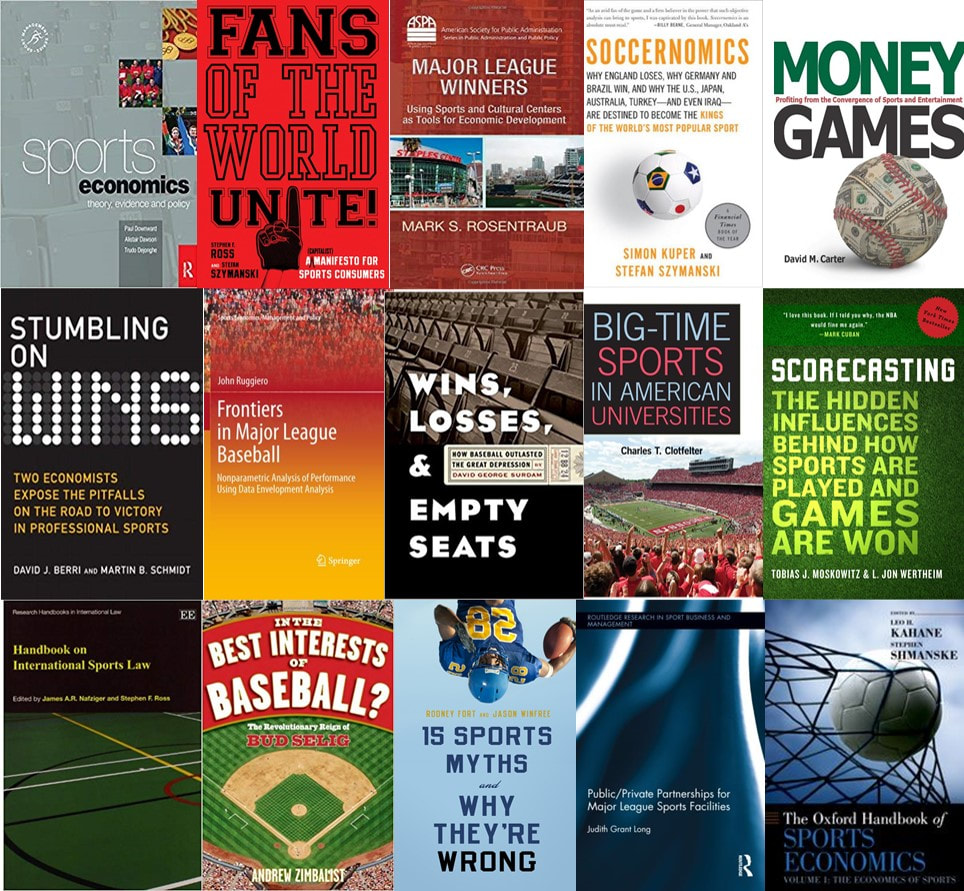
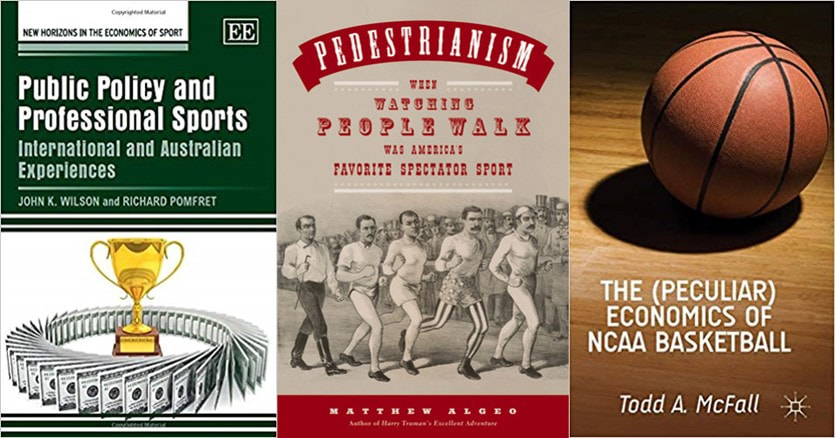
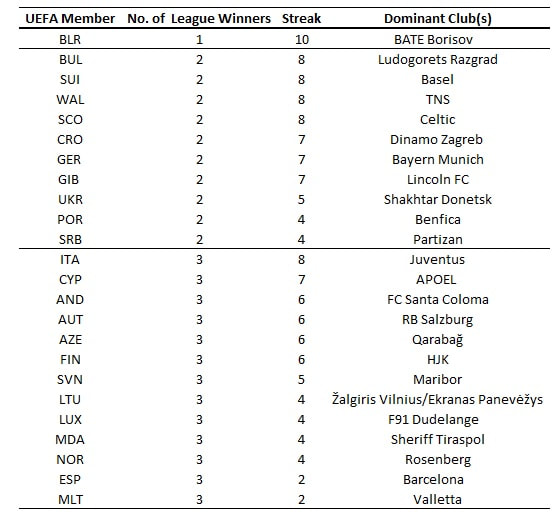
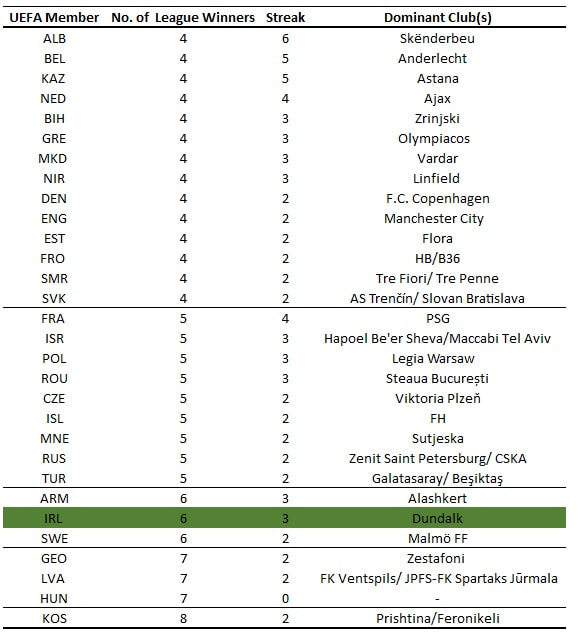
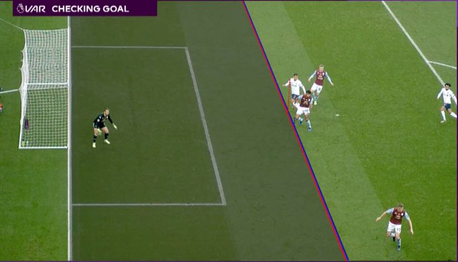
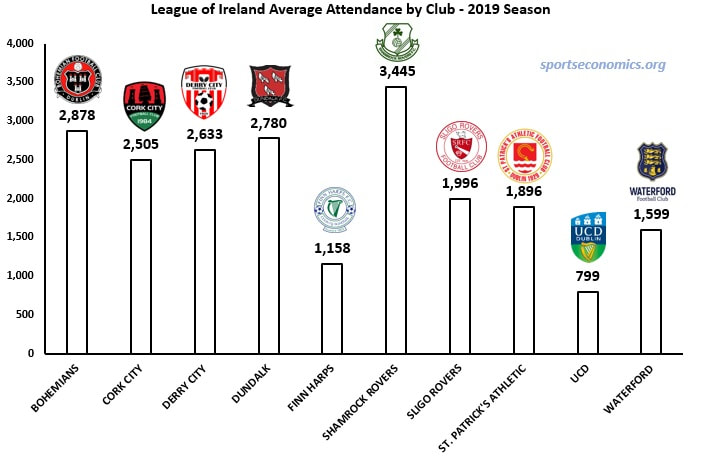
 RSS Feed
RSS Feed